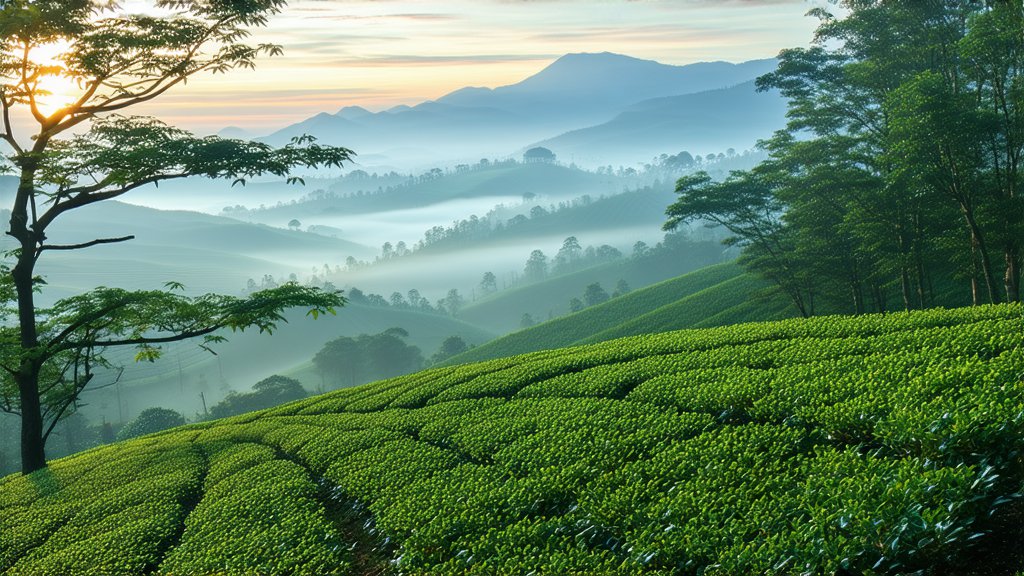
In the vast and diverse landscape of Chinese tea culture, few varieties command as much reverence and admiration as Longjing, also known as Dragon Well tea. This exquisite green tea, hailing from the picturesque hills surrounding West Lake in Hangzhou, Zhejiang Province, has been captivating tea enthusiasts for centuries with its unique flavor profile, delicate aroma, and rich cultural heritage. Join us on a journey through the history, varieties, meticulous production process, and the art of appreciating this quintessential Chinese green tea.
A Glimpse into History
Longjing tea's origins trace back to the Tang Dynasty (618-907 AD), but it truly gained prominence during the Qing Dynasty when Emperor Kangxi was presented with the tea as a tribute. So impressed by its quality, he decreed that the area around West Lake be designated exclusively for Longjing cultivation. Over time, this region became synonymous with premium tea production, earning the moniker "Dragon Well" due to a local legend involving a hidden dragon and a wellspring.
Varieties of Longjing
While Longjing is primarily recognized as a single type of tea, there exist subtle variations based on factors such as growing location within the West Lake region, altitude, and specific cultivar used. The most celebrated subtypes include:
-
Xihu Longjing (West Lake Dragon Well): Grown in the core area around West Lake, these teas are considered the epitome of Longjing quality, characterized by their flat, spear-shaped leaves and vibrant green color.
-
Yuhang Longjing: Produced in the neighboring Yuhang District, these teas share similar characteristics but may exhibit slight differences in flavor due to terroir variations.
-
Qianshan Longjing: Sourced from the Qianshan Mountain area, this variety often features a more robust taste with a slightly darker hue compared to its West Lake counterparts.
The Art of Crafting Longjing
The production of Longjing tea is an intricate dance between man and nature, encompassing several meticulous steps:
-
Handpicking: Only the youngest tender shoots and leaves are selected, typically during the early spring harvest, known as 'Mingqian' (before Qingming Festival) or 'Yushan' (after Qingming but before Lixia). These leaves are handpicked one by one to ensure only the freshest and most delicate parts are used.
-
Fixation: Freshly picked leaves undergo high-temperature pan-frying to halt oxidation, preserving their green color and natural flavors. This step also helps in removing excess moisture and softening the leaves for shaping.
-
Shaping: Skilled artisans then shape the leaves by hand or using specialized equipment into the distinctive flat, needle-like appearance reminiscent of a dragon's well. This process not only enhances aesthetics but also facilitates even drying and infusion.
-
Drying: Finally, the shaped leaves are gently dried to reduce moisture content further without compromising their integrity or flavor.
Appreciating Longjing: A Tea Ceremony
To fully appreciate Longjing tea, one must engage in the traditional Chinese tea ceremony, which emphasizes mindfulness, respect, and harmony with nature. Here’s a guide to savoring this exceptional brew:
-
Preparation: Use a clean, transparent glass or porcelain teapot to observe the unfurling leaves. Boil water to around 80-85°C (176-185°F), ideal for green teas.
-
Warming: Rinse the teapot and cups with hot water to warm them up and enhance the tea's aroma.
-
Infusion: Add approximately 3 grams of Longjing tea per 200ml of water. Steep for about 1-2 minutes; adjust steeping time based on personal preference for stronger or milder flavors.
-
Observation: Watch as the leaves slowly unfurl, releasing their vibrant color and fragrance. The first infusion is often the most aromatic and should be savored slowly.
-
Sipping: Take small sips, allowing the tea to roll over your tongue and savor the nuances—its sweetness, slight bitterness, and lingering aftertaste.
-
Multiple Infusions: Longjing can be steeped multiple times, each infusion revealing different facets of its character.
In conclusion, Longjing tea embodies the essence of Chinese tea culture—a harmonious blend of tradition, craftsmanship, and nature's bounty. Its history spans centuries, its varieties offer a spectrum of flavors, and its preparation and enjoyment rituals foster a deep connection between the drinker and this timeless beverage. Whether you're a seasoned tea connoisseur or a curious newcomer, exploring the world of tea, Longjing promises a sensory journey that transcends time and borders, inviting all to partake in its enduring charm.